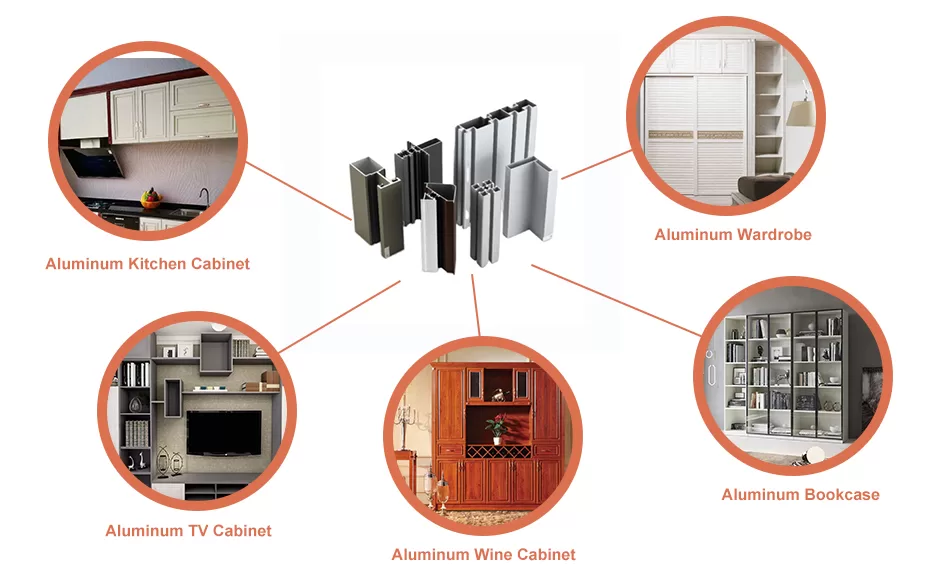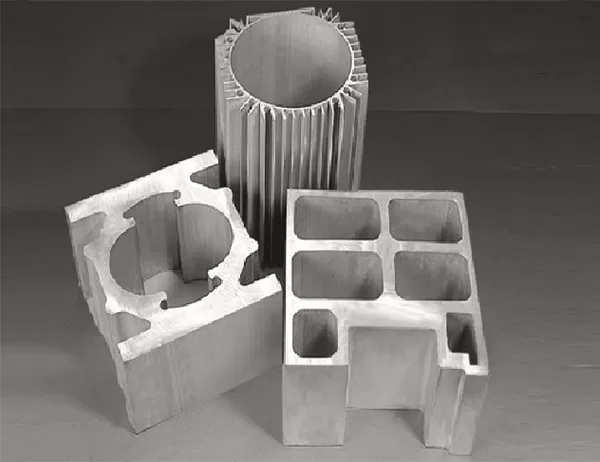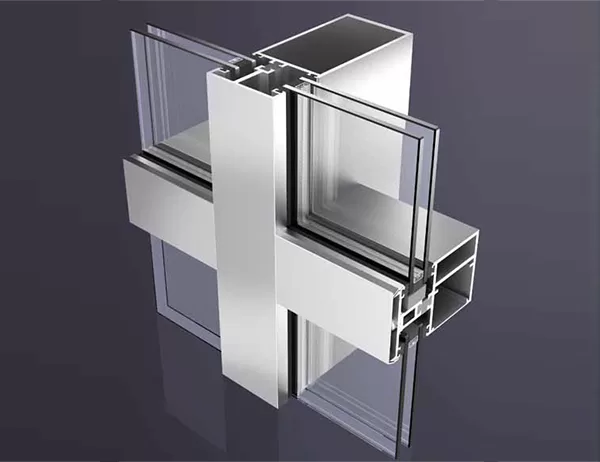In the realm of industrial construction and engineering, T6 aluminum pipes stand as a testament to both strength and safety. Their exceptional durability and resistance to corrosion make them the preferred choice for a wide array of applications, from aerospace to automotive to infrastructure. However, ensuring the integrity of these pipes requires unwavering adherence to stringent regulatory compliance and safety standards.
Regulatory Landscape: The Backbone of Safety
The manufacturing and use of T6 aluminum pipes are governed by a complex web of regulations set forth by national and international authorities. These regulations aim to safeguard both the public and the environment by ensuring that the pipes meet rigorous quality and performance standards. Key regulatory bodies include the American Society for Testing and Materials (ASTM), the American Society of Mechanical Engineers (ASME), and the International Organization for Standardization (ISO).
Material Specifications: The Foundation of Strength
At the core of regulatory compliance lies the specification of the material itself. T6 aluminum pipes must meet precise chemical composition and mechanical property requirements. ASTM B210, for instance, outlines the specific alloys, temper, and dimensions for T6 aluminum pipes intended for various applications. Compliance with these specifications ensures the pipe’s ability to withstand high pressure, extreme temperatures, and demanding environments.
Fabrication and Inspection: Precision and Quality Control
The fabrication process of T6 aluminum pipes demands meticulous attention to detail. From extrusion to welding, every step must adhere to established standards. ASME Boiler and Pressure Vessel Code, Section IX, for example, provides comprehensive guidelines for the welding procedures used in the construction of aluminum piping systems. Non-destructive testing methods, such as ultrasonic and radiographic inspections, play a crucial role in ensuring the integrity of the welds and the absence of defects.
Installation and Maintenance: Responsibility and Diligence
Once T6 aluminum pipes are installed, their proper maintenance is essential for continued safety and longevity. Regular inspections, cleaning, and repairs must be carried out in accordance with industry best practices. Inspection routines should include visual examinations, pressure testing, and corrosion monitoring. The use of appropriate tools, equipment, and qualified personnel is paramount to minimize the risk of accidents or pipe failure.
Compliance as a Catalyst for Excellence
Regulatory compliance and safety standards are not mere bureaucratic hurdles but rather the foundation upon which safe and reliable T6 aluminum pipe systems are built. By adhering to these standards, manufacturers, contractors, and end-users alike contribute to a safer and more efficient industrial landscape. Moreover, compliance enhances the reputation of companies, fosters trust with customers, and ensures the long-term integrity of infrastructure.




